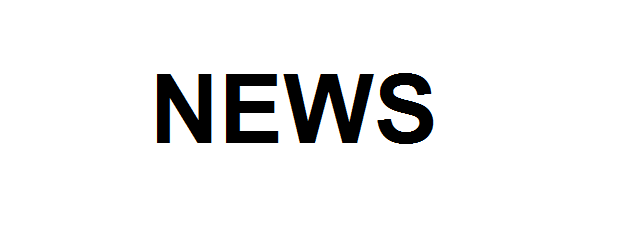Some scientific processes become so much a part of everyday life that we assume them to have everyday simplicity, even though they actually remain as complex as ever. “DNA Testing” will soon join that group (if it hasn’t already), but a much longer established example is radiocarbon dating, the process used to determine the age of everything from prehistoric bones to the Turin Shroud. As always, BRLSI Science Convenor David Cunliffe-Jones aimed high in getting someone to come and explain it, and the result was Dr Tom Higham (below right) of Oxford University, one of the world’s leading radiocarbon dating centres, with a talk entitled The future of the past: Radiocarbon dating in the 21st century.
First came the primer. Carbon-14 is a radioactive isotope (variant) of ordinary carbon, formed in the upper atmosphere by the interaction of the Sun’s radiation and nitrogen. It finds its way down to earth and into organic material, existing in minute quantities and decaying back to nitrogen with a half-life of 5,568 years. By assessing the amount of undecayed Carbon-14 left, the date of an object can be determined.
That’s the theory, anyway, but as Dr Higham explained, in practice it’s more complicated, the biggest complication being that the concentration of Carbon-14 in the atmosphere varies from year to year, depending on factors such as solar activity and, in recent decades, nuclear weapon tests. As a result carbon dating is achieved not just by measuring absolute concentrations of C-14, but by comparing them to calibration tables of dates, locations and expected remaining C-14 levels (with much of the data based on tree rings), and deciding which entries provide the best match.
It turns out to be a surprisingly inexact science, and one whose results are constantly being revised in the light of new calibration data and sampling techniques (as Dr Higham explained, one such technique, ultrafiltration, revised the estimated age of the bones of early European human settlers by 7,000 years). Things are progressing though, with a complete calibration curve now assembled for the past 50,000 years, and the use of accelerator mass spectrometry (we got a guided tour of Oxford’s system) reducing the required sample sizes to 1,000th of those needed by the old radiometric method – a worthwhile development as the sample material, which is destroyed, is normally old and irreplaceable.
Universities have to earn their keep these days, and you can have your own item dated for the very reasonable sum of £400. While the serious scientific work still tends to be in archaeology, commercial tasks handled by Dr Higham’s lab include testing for young whiskey fraudulently placed in vintage bottles, and a fair amount of art, much of which, sadly, reveals the work to have been painted after the artist’s death. Meanwhile ever more calibration data (Dr Higham spent three years analysing Egyptian items of known age from museums) and the introduction of laser technology offer the prospect of improved results in future.

